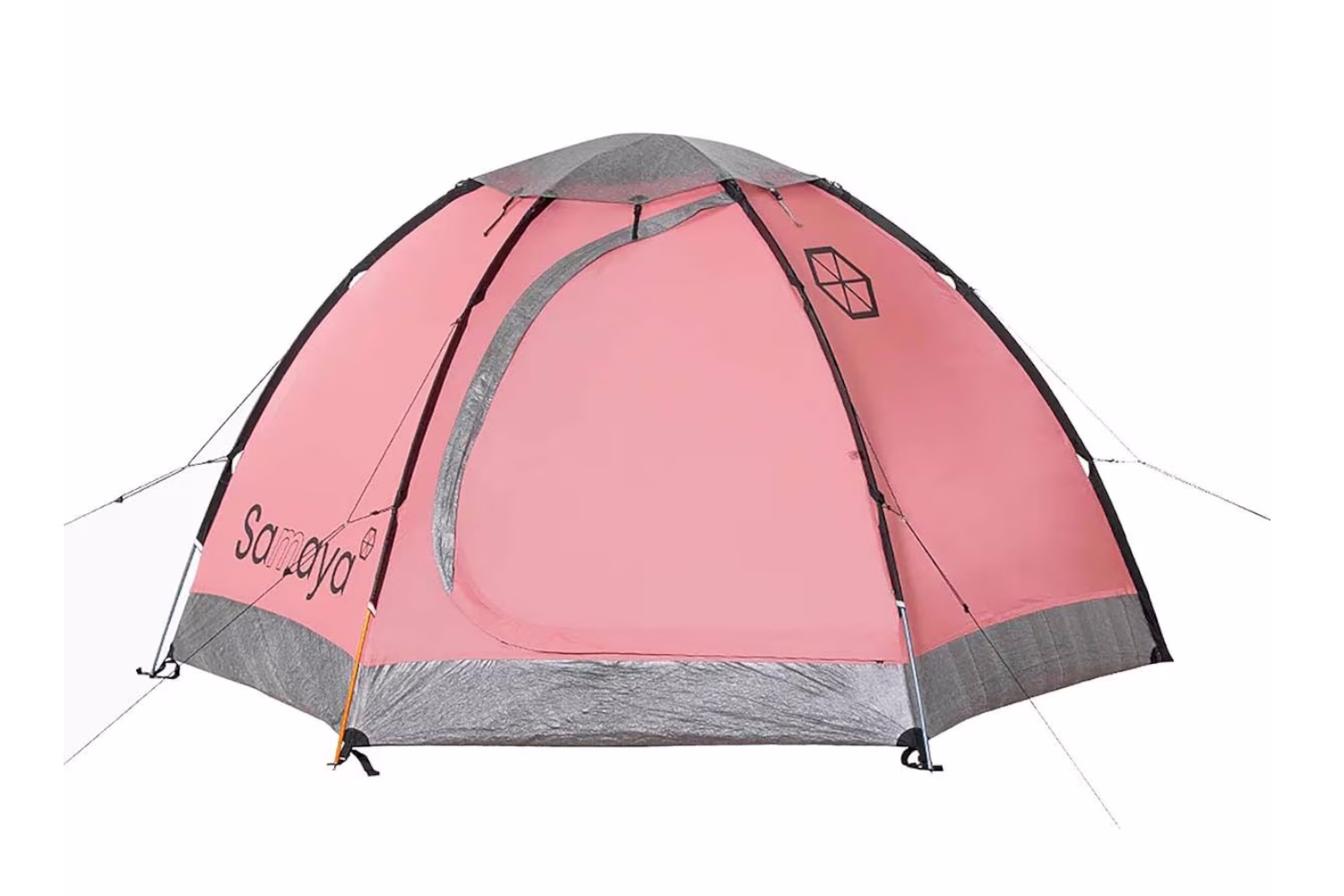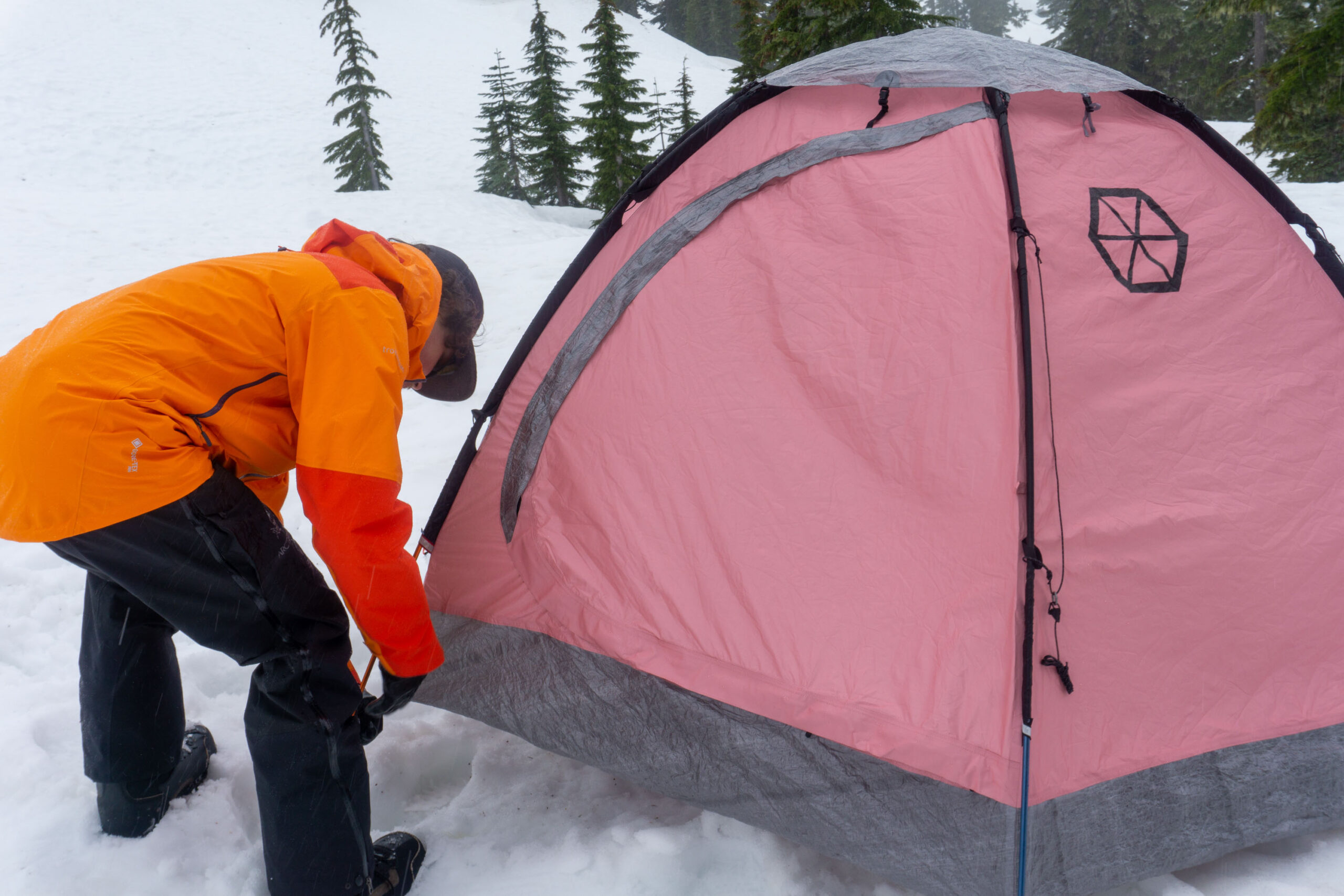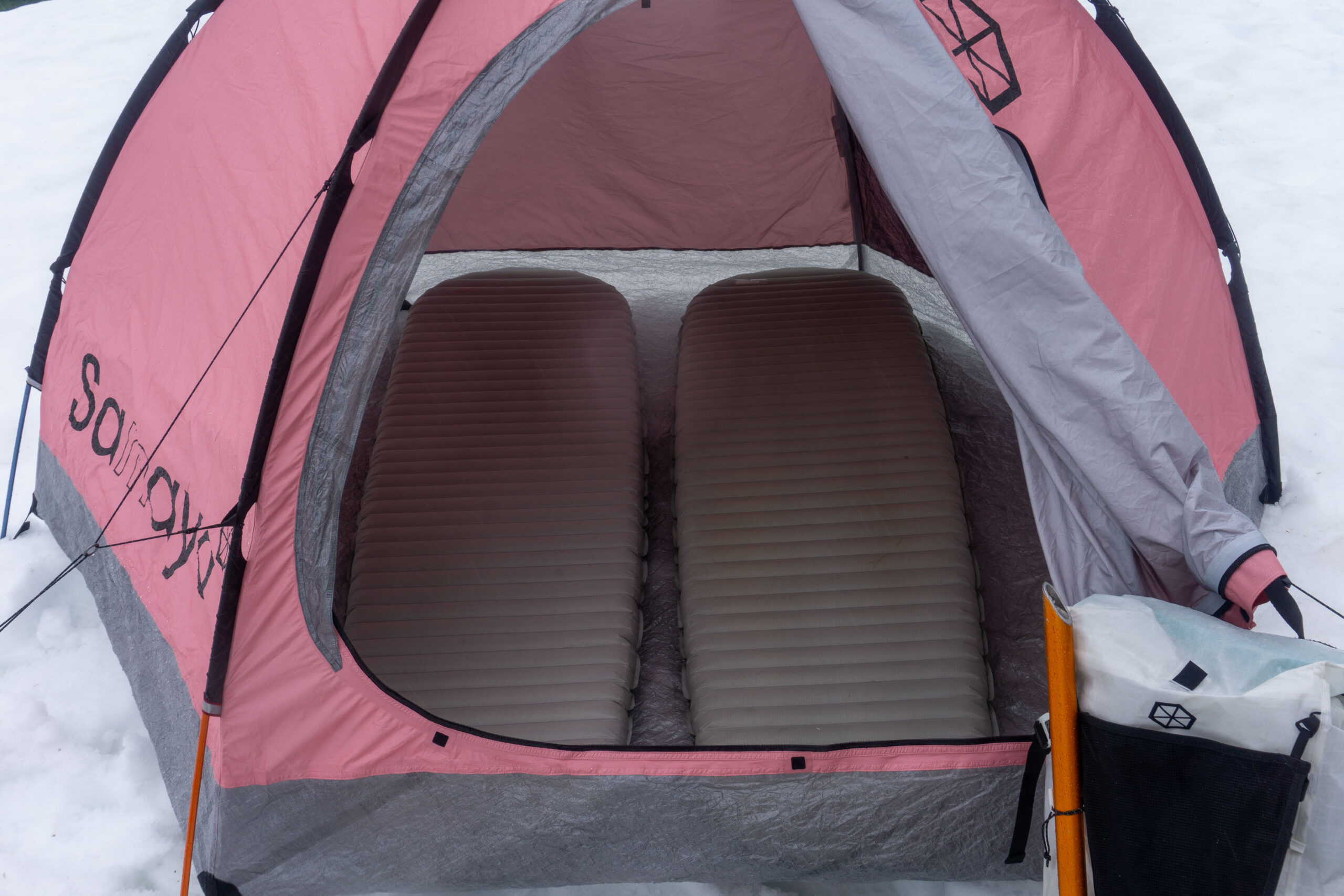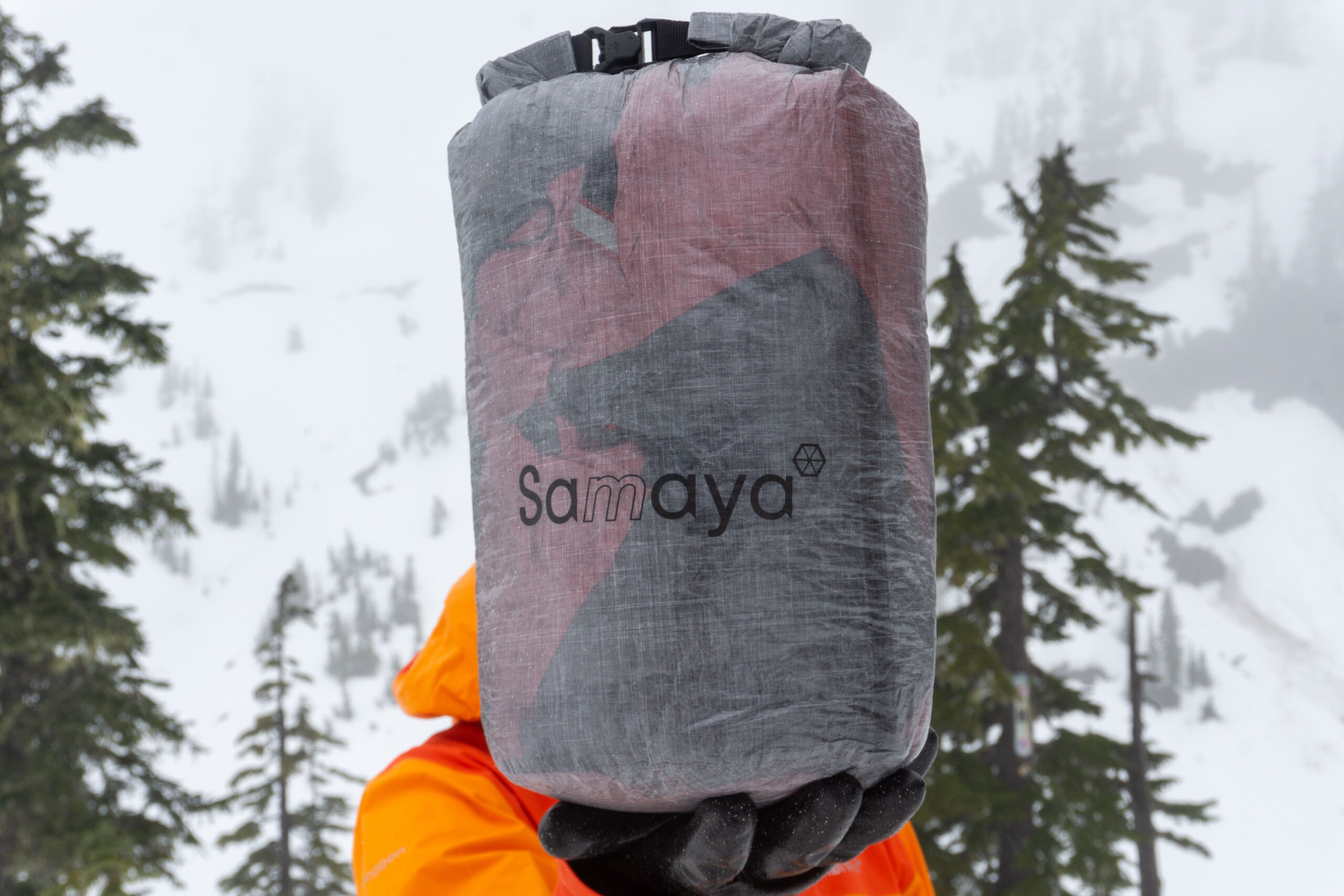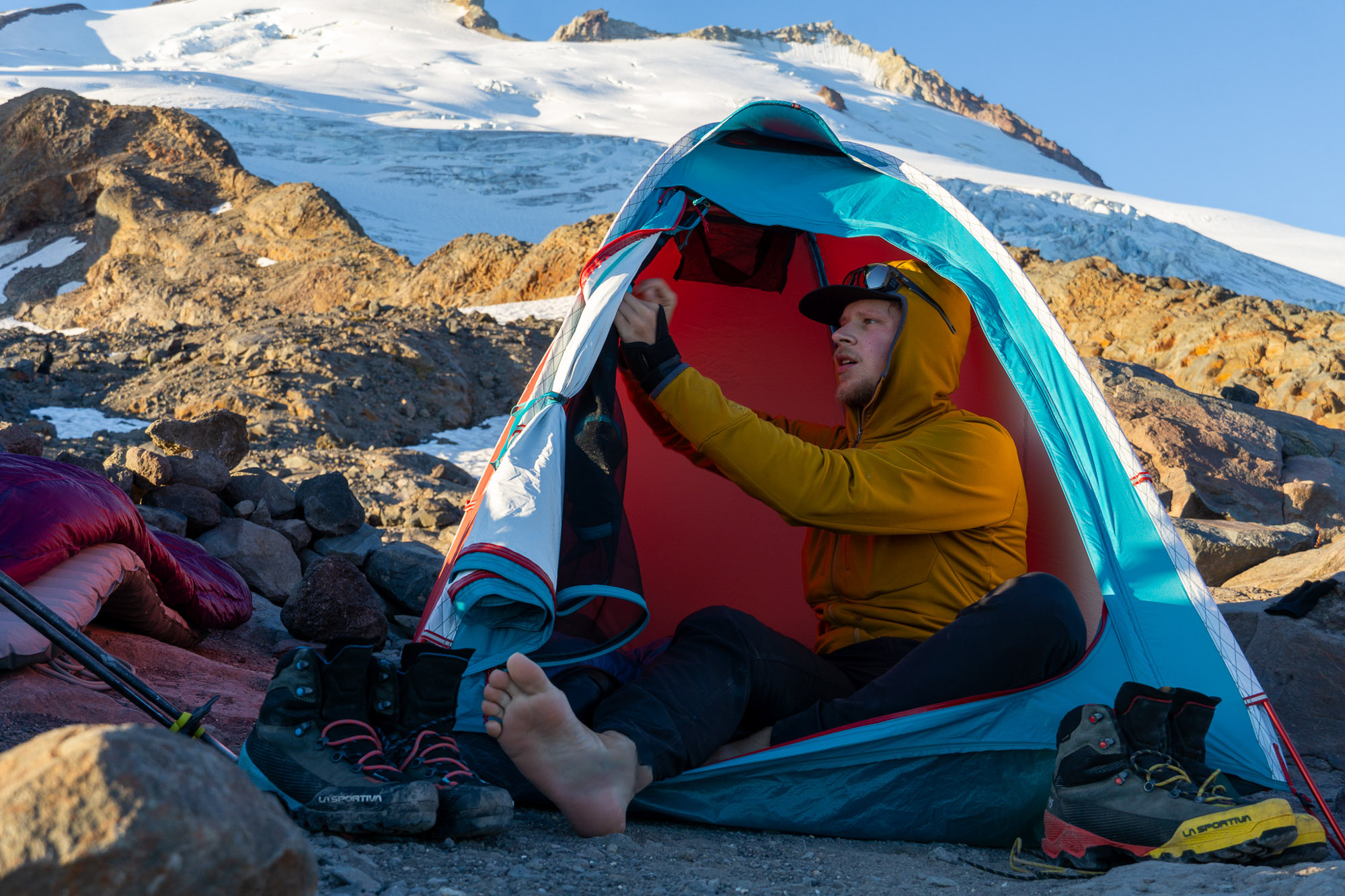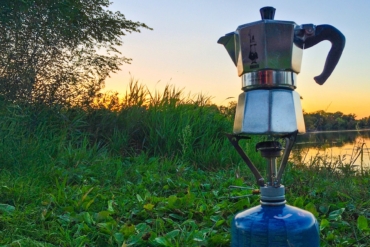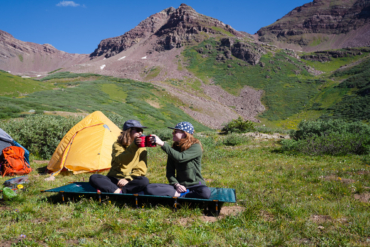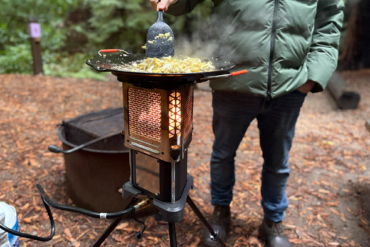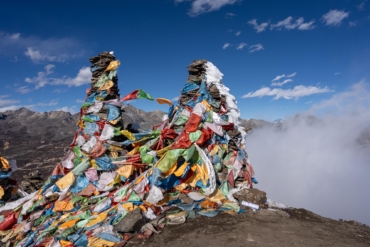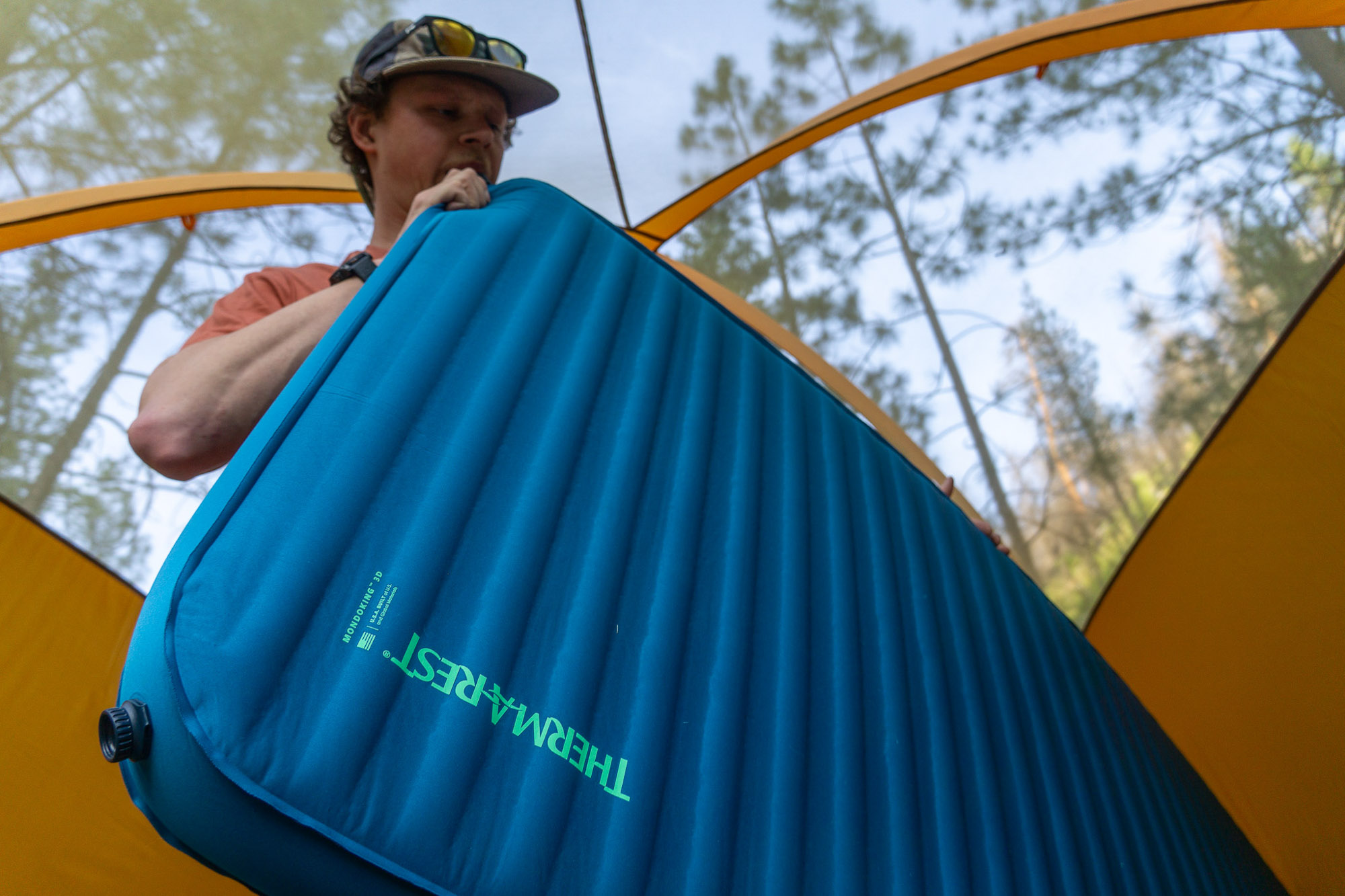We’ve come a long way since the days of Goldline rope and pile-fleece sweaters. What used to be done in a week is now done in a day, and alpinists today are doing more with less. They’re putting up hard routes in more truncated timeframes, which requires a careful survey of every ounce that’s coming on route.
One of the biggest ways to cleave off a few pounds is in your shelter. And the Samaya 2.5 feels like what an alpinist’s dream tent might look like in person. This tent trims the fat in ways we’ve never seen before, elevating the idea of a four-season shelter to produce something we feel comfortable calling a hyper-tent.
With electro-spun breathable membrane with Dyneema accents, it is absolutely on the bleeding edge of tent technology. And, it’s much roomier and lighter than most other tents in the same category.
In short: This spring, I took the Samaya 2.5 tent into the backcountry and glaciers of the North Cascades, aiming to, well, break it. Having failed to do so, the tent proved there’s still room to push the envelope when it comes to the “light is right” ethos. For those who want to go farther, the Samaya 2.5 makes a compelling argument to bring less. It’s highly waterproof where it needs to be, and the electro-spun Nanovent membrane breathes so moisture and CO2 are expelled. Even its hexagonal design defies nasty weather through every season.
-
Weather Resistance
8.0
-
Living Space
8.0
-
Durability
7.0
-
Size & Weight
9.0
- Type: Alpinism and basecamp
- Weight: 3 lbs., 12 oz.
- Doors: 1
- Sleeps: 2-3
- Floor Area: 34.4 sq. ft.
- Vestibule Area: (Optional) 20.5 sq. ft.
- Height: 47"
- Walls: Single
Pros
- Waterproof-breathable Nanovent membrane canopy
- 2.5-person capacity provides plenty of space for kit
- Long and deep storage pockets
- Smart overhead vent system
- Self-equalizing guylines
Cons
- Top-dollar price
- Single door can lead to drips on entry
- Finicky setup
- Included stakes aren't confidence-inspiring
Samaya 2.5 Tent Review
First Impressions
Pulling the Samaya 2.5 from its box (which is hexagonal, by the way — très chic), my immediate feeling was that this is a tent that doesn’t mess around. Everything is swaddled in its own Dyneema Composite stuff sack.
Lofting the tent itself in your hand provides little resistance. This is one lightweight and compact shelter at 3 pounds, 12 ounces out the door. Compare that to GearJunkie’s list of the Best 4-Season Tents of 2023 and you’ll notice the Samaya 2.5 is lighter than all of them.
Included along with the tent body and poles are a separate removable screen for the door, as well as one of the best-stocked repair kits I’ve seen a tent come with. Multiple color-matched repair patches, as well as one of every piece of hardware and a hank of cordage. You’ll be able to rig up any fix you may run into.
Setting up the tent for the first time on my decidedly un-alpine lawn, I managed to get the shelter standing without instructions (which we’ll call a good substitute for a hypoxia-addled brain). As trivial as it sounds, even the cheery pink made an impression. If you’re pinned down in a storm and the only thing you’ve got to entertain yourself is the snap of the tent wall, it may as well be a nice color.
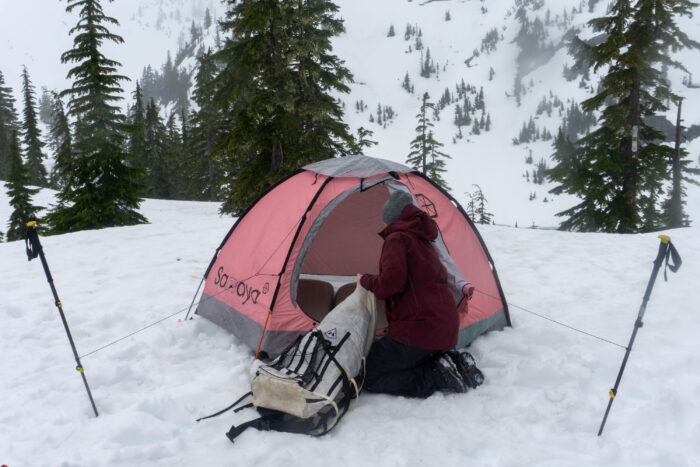
Samaya 2.5 Tent: A Tent With a Set of Lungs
Typically, single-wall tents like the Samaya 2.5 are better poised for use in high-altitude environments where any precipitation you’re liable to run into will be of the frozen variety. And while many single wall tents today will utilize a water-resistant coated fabric, the canopy of the 2.5 is made from a waterproof-breathable fabric of Samaya’s own brewing known as Nanovent.
Using a waterproof-breathable membrane in a single-wall tent certainly isn’t a new idea. Todd Bibler was using Todd-Tex (an ePTFE membrane similar to GORE-TEX, but with added flame-retardants) in his designs way back in the late ’70s. Those are still available today from Black Diamond.
But, what makes the Samaya membrane different (and it is a big difference) is the infusion of air. Air-permeable waterproof membranes have been making themselves large on the waterproof jacket scene in recent years. They are made up of a spun lattice of polyurethane that provides an avenue for air to move through them.
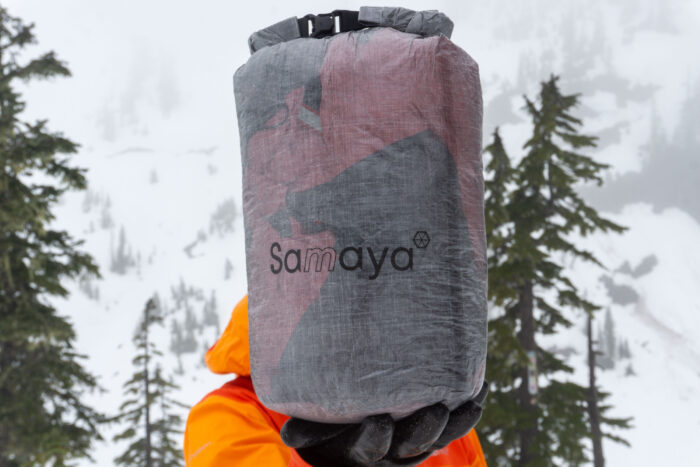
Membranes and Materials
Traditional ePTFE membranes rely on vapor diffusion to move moisture from inside to out. That means that a large differential in pressure is required to begin the action. Not so with air-permeable membranes, which maintain a pore structure that greatly improves their breathability. In the case of Nanovent, it’s an impressive 40,000 g/m² — nigh unheard of in a tent.
The floor of the shelter isn’t lacking in tech, either. A fully sealed Dyneema Composite bathtub ensures that your glacier-bound evenings won’t end up in a lake, and the same high-tech fabric is used on the small roof cover. This undoubtedly assists the 2.5 in its race to the bottom in cutting ounces. Though, that comes with a small tradeoff in packability.
In practice, there is no magic bullet when it comes to beating condensation in a single-wall tent. But during my nights out the 2.5 did much better than sleeping in a Mountain Hardwear AC2 or MSR Advance Pro 2. I was able to leave the overhead vent open every night. That undoubtedly aided in moving moisture out.
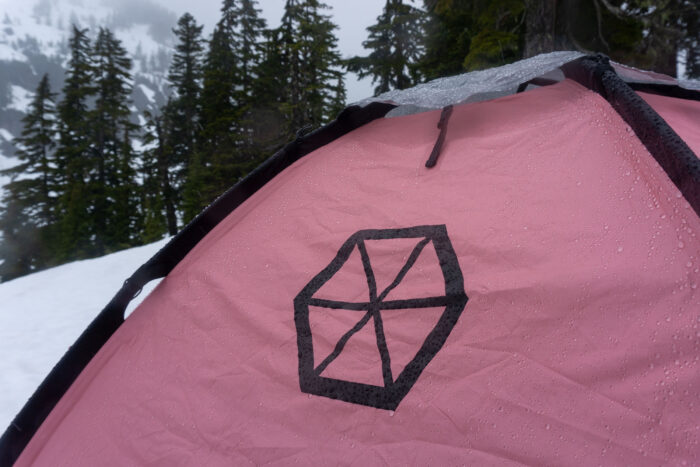
Design
There’s a reason the burliest basecamp tents on the mountain are domes. The 2.5 knows this well, with a hexagon shape intended to present no weak facet to the wind.
Due to its shape, there’s little chance you’ll be shoehorning it into a bivy ledge on the Cassin. You’ll want one of Samaya’s other designs for that, like the hyperspecialized Assaut 2 Ultra. But for routes with established camps, the 2.5 settles in easily.
Pitching the 2.5
There’s a bit of a learning curve to setting up this tent, which might not be immediately apparent. For example, I found that the three poles need all be threaded into their sleeves before they can be set into their final grommets. Doing this out of order makes for an over-tensioned tent and an impossible-to-thread final pole. With materials this gossamer (and expensive), it’s worth taking the time to ensure that everything is in order before the final tensioning.
Once the tent is erected, I found guying out the shelter to be exceptionally easy. That’s thanks to the self-equalizing guylines. These lines attach to the tent body by both webbing loops and threading around the pole sleeves. That shores up the load transfer in heavy winds.
The poles themselves are DAC FeatherLite 8.7mm units. When held up beside the 10mm poles of my Hilleberg shelter, they feel a bit undergunned. But it’s important to remember that the 2.5 gains strength from its design, and not necessarily its poles alone.
The included tent stakes … befuddle me. There are 12 sent along. And they are short plastic affairs that elicit little confidence in my mind. I’d believe you if you said their inclusion was only to satisfy the need to sell a tent with some sort of stake. It’s obvious that the 2.5 is made to be anchored with your typical snow anchors: a buried ice axe, ski, or picket.
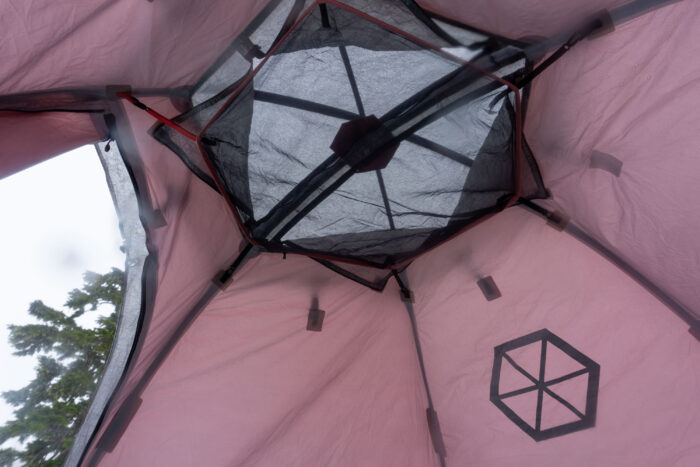
Livability
Ask anyone who has spent the night in a shiver-bivy with their partner — when it comes to ultralight mountaineering shelters, quarters have a tendency to be cramped. The Samaya 2.5, however, swings wide with its space. For two climbers, it was very comfortable, with ample storage space on either side. Three is also feasible, though some tip-to-tail arrangements will have to be made.
Speaking of storage, twin wall pockets stretch the entire length of a panel. But the real impressive storage lies overhead. Here a removable hexagon-shaped hammock is slung. It hangs beneath a skylight window with twin zippered doors. This portal is covered by the exterior roof cover, and was one of my favorite features in the 2.5. It made the perfect glove- and sock-drying rack.
I did find that the main door, while wide, does suffer from a familiar drip hazard when entering and exiting in active precipitation. Because of its shape and angle, there’s little one can do to avoid that besides making your retreat hasty.
The removable mosquito net door, however, greatly ups the comfort level. It allows for better ventilation on fair-weather evenings, or it can be stripped out completely on longer trips.
Unfortunately, if you want to add in the luxury of not having to sweep up snow after every entry, you’ll need the add-on vestibule, which comes in at a staggering $880. This all-Dyneema canopy adds an additional 20.5 square feet of mudroom space. That’s well enough to store packs and dig out a storage locker in the snow. But it comes with a big price tag.
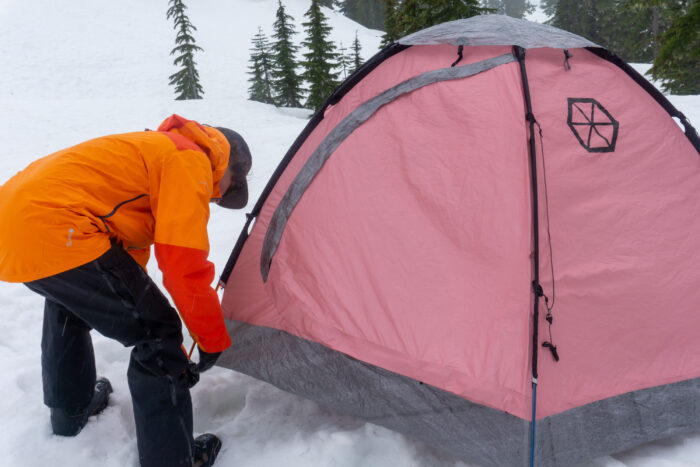
$1,200?!
Yes. $1,200. But allow me to explain. Dyneema Composite Fabric is no cheap textile. Full rolls of the stuff sell for north of $1,200 on their own. Add to that the expense of not only a waterproof-breathable membrane, but also having that custom-made to your specifications, and the dollar signs start to pile up.
It is undeniable that not only the 2.5, but also the rest of Samaya’s tent offerings, command some of the highest price tags in four-season tents today. But a cursory look at where Samaya athletes take these tents makes the answer even clearer. When your expedition plane tickets start to tickle two grand just to get in-country, the prospect of a $1,200 tent begins to make more sense.
It’s not only high-level insurance against a climb-ending storm whipping your shelter off the map. It’s a bulk and weight savings that shuffles the chips around to better stack the odds in your favor.
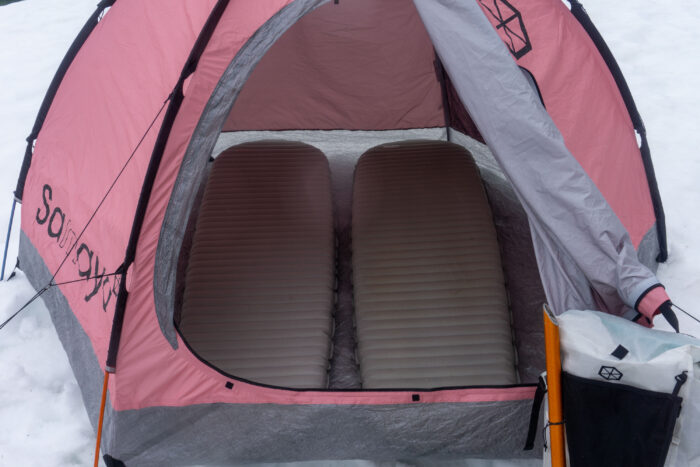
Conclusion: Who Is the Samaya 2.5 For?
In my experience equipping mountaineers for expeditions in remote ranges, the same question always arises. How much tent am I going to need?
And the answer is always: Well, it depends.
The Samaya 2.5 challenges that convention. It instead asks, What wouldn’t this be good for? And maybe a follow-up: How much cash do you have on you?
Not the lightest effort from Samaya, the 2.5 is the most adaptable tent in its line. It employs much of the same high-test materials and techniques, but in a comfortable footprint and design for two or three people, in mild or monstrous conditions.
It is a tent that I would toss in the pack for a high orbit of Tahoma. Or, for extended Cascade ski traverses, or unsupported alpine objectives where I don’t plan for an on-route bivy.
In the grander market, the 2.5 lands not just among the all-arounders, but also atop them. It retains much of the versatility that is stripped out of four-season tents in their quest for overall strength. But by using tech materials like DCF and waterproof-breathable fabrics, it has the wiggle room to bump up the living space and make for either a cush basecamp or enjoyable advanced camp.
For the climber that makes do with whatever will get them up and down the mountain, the Samaya makes about as much sense as pulling up to the Kahiltna in a Ferrari. But in the words of Ferris Bueller: If you have the means, I highly recommend picking one up.
-
Weather Resistance
8.0
-
Living Space
8.0
-
Durability
7.0
-
Size & Weight
9.0

